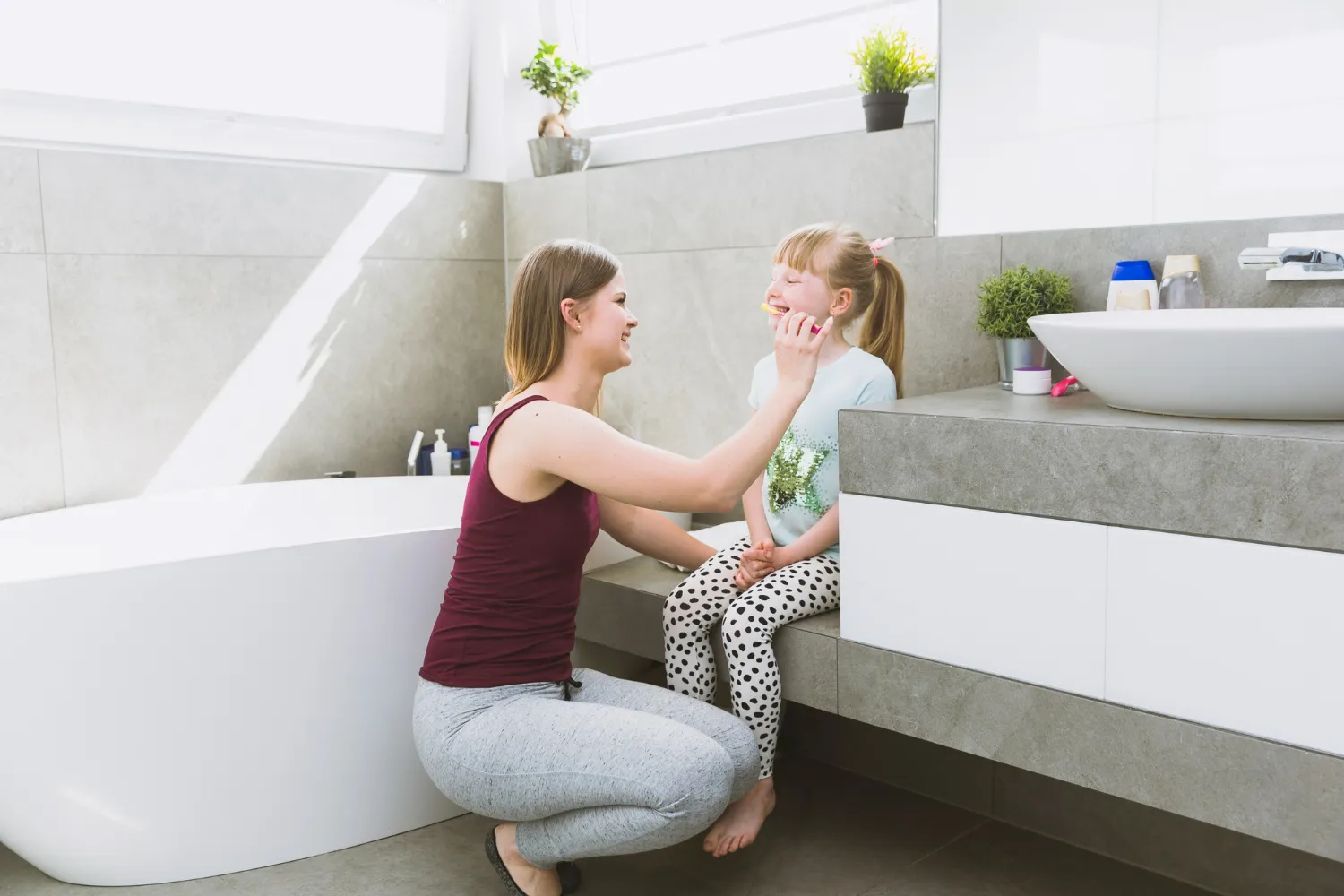Table of Contents
Key Takeaways
- Understand the impact of energy-efficient choices on both the environment and your wallet.
- Discover practical tips and sustainable options for your bathroom remodel.
- Learn how small changes can lead to significant energy savings.
Introduction to Energy-Efficient Bathrooms
Bathrooms have undergone a significant transformation, shifting from mere spaces for hygiene to personal retreats that showcase innovation and design. This evolution provides a unique opportunity for homeowners to incorporate sustainability in every design choice. An energy efficient bathroom harmoniously blends form with function, fostering an environment where luxury doesn’t come at the cost of environmental degradation.
Whether designing with the latest technology in fixtures or selecting materials that promote longevity, the commitment to going green begins with understanding the key components of an energy-efficient bathroom. These innovations are essential to any modern home renovation strategy focusing on economic and environmental advantages.
The Environmental and Economic Benefits
Adopting energy efficiency yields twofold returns: environmental preservation and economic savings. According to the Environmental Protection Agency, energy-efficient homes significantly minimize emissions, lessening the overall environmental impact. Implementing these measures across U.S. homes could save enough electricity to power millions annually.
From an economic perspective, initial investments in energy efficiency often pay off through reduced utility bills. Installing energy-efficient fixtures and appliances in the bathroom can decrease water and electricity usage, allowing homeowners to enjoy lower operational costs over the long haul. The transparent financial benefit often spurs increased homeowner interest in energy efficiency, creating a win-win situation for the planet and home budgets.
Water-Saving Fixtures and Their Advantages
One of the simplest and most immediately impactful steps in reducing water consumption is incorporating low-flow plumbing fixtures. Low-flow toilets, faucets, and showerheads deliver significant water savings without affecting performance. Current models are designed to use less than 1.6 gallons per flush compared to older models, which use up to five gallons, making a conscientious impact on water conservation.
Shifting to low-flow plumbing fixtures can save thousands of gallons of water annually for a family of four. This small adjustment has far-reaching consequences, notably contributing to global conservation efforts. Since water scarcity affects billions worldwide, every effort to conserve water counts.
Energy-Efficient Lighting Solutions
Lighting is an essential component of any bathroom design. Homeowners can significantly lower their energy consumption by using energy-efficient lighting, like LEDs. LEDs consume less electricity and have a longer lifespan compared to incandescent bulbs, reducing the frequency of replacements needed and further eco-waste. Homes that embrace natural lighting where possible also benefit; homeowners can reduce or eliminate daytime lighting use by placing skylights or optimizing window placement.
Mirrors can also enhance lighting efficiency by reflecting artificial and natural light and distributing it evenly throughout the space. These small changes create a lively and efficient environment that value-conscious and environmentally aware homeowners desire.
Sustainable Heating Options
Bathroom heating need not be energy-intensive. Opting for energy-efficient heating solutions, such as using a combination of solar panels and efficient water heaters or heated towel rails, maintains comfort sustainably. According to insights from the Department of Energy, modern sustainable heating options reduce consumption while meeting growing comfort demands.
Investing in smart thermostats or radiant floor heating systems provides comfort and allows for efficient energy use, smart usage data insights, and, potentially, further cost savings through automation. These technologies show that energy efficiency and luxury can coexist, optimizing comfort without inflating energy bills.
Also Read: Why Chairish Is So Expensive? Is Selling Shipping and Tips
The Role of Ventilation in Energy Efficiency
Proper ventilation is crucial for energy efficiency, impacting the longevity of the bathroom’s finishes and improving indoor air quality. Energy-efficient extractor fans help manage airflow and moisture levels, which is crucial for preventing energy losses. By minimizing mold development and maintaining a balanced airflow, these fans assist in retaining a healthier, more comfortable environment.
Inadequate ventilation can lead to higher humidity levels, which increase the cooling demand in connected spaces, inadvertently increasing energy wastage. Thus, focusing on effective, efficient ventilation is vital to a well-rounded, energy-efficient bathroom design.
Incorporating Eco-Friendly Materials
The choice of materials during remodeling plays a key part in driving sustainability. Selecting eco-friendly materials like recycled glass or ceramic tiles can significantly reduce the environmental footprint. Bamboo flooring is visually appealing and a rapidly renewable resource known for its durability and sustainability credentials.
Non-toxic paints and finishes with lower volatile organic compounds (VOCs) promote healthier indoor air quality, collaborating with other green practices to cultivate a bathroom that’s as kind to its users as it is to the planet. Supporting sustainable material choices encourages eco-friendly manufacturing and reduces landfill waste.




